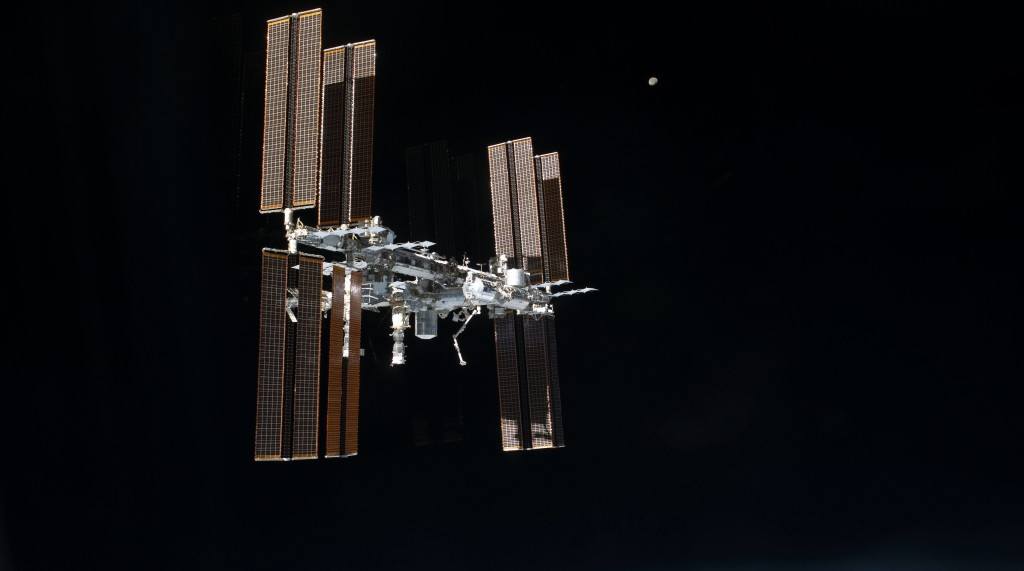NASA astronaut Scott Kelly and Russian cosmonaut Mikhail Kornienko returned safely to Earth following 340 days aboard the International Space Station (ISS). During what NASA has called “the year in space,” Kelly and Kornienko participated in scientific investigations designed to capture data on medical, psychological and biomedical challenges faced by astronauts during a long trip in space.
The one year crew mission is the latest step in the space station’s role as a spring board for deep space exploration. On a 30 month mission to Mars, astronauts can expect to experience psychological and physical strain in addition to radiation exposure. Research from the one year mission will shed new light on such issues that will help humans travel farther into space than ever before.
NASA and Roscosmos selected several collaborative investigations for this mission to evaluate the effects of long-duration spaceflight on humans. During the uninterrupted permanent human presence aboard the ISS, scientists and researchers have gained valuable data on the effects of microgravity on bone density, muscle mass, strength, vision and other aspects of human physiology.
Research and data collection on Kelly and Kornienko will continue for a year—and possibly more—after they return.
Kelly is the first American to spend close to a year in space continuously. Before the one-year mission, only four humans had spent a year or more in orbit on a single mission. All were aboard the Russian Mir Space Station.
- Mission Duration for Kelly and Kornienko–340 days
- Orbits of the Earth for Kelly and Kornienko–5440 orbits
- Miles Traveled for Kelly and Kornienko–143,846,525 statute miles
- Scott Kelly will have logged 340 days in space over four increments (Exp.43-46), and will have totaled 520 daysin space on 4 flights (17thon the all-time list; Kelly is now firstamong all U.S. astronauts, but will be passed byJeff Williams by the end of Williams'Exp. 47-48 mission in early September).
- Mikhail Kornienko will have logged 340 days in space over four increments (Exp. 43-46) and will have totaled516 days in space on 2 flights (18thon the all-time list
- Kelly and Kornienko saw the arrival of 9 visiting vehicles
- 3 Russian Progress resupply ships
- 1 Japanese HTV resupply ship
- 1 SpaceX/Dragon resupply ship
- 1 Orbital/ATK Cygnus resupply ship
- 3 Soyuz crew vehicles
- Including crewmate Gennady Padalka, who Kelly and Kornienko launched withon March 28, 2015, Kazakh time,10 astronauts and cosmonauts arrived on the ISS during the year-long mission, representing six differentnations.
- During the year-long mission, almost 400 experiments were conducted on the station.
- Kelly conducted three spacewalks totaling 18 hours, 20 minutes; those were the first three EVAs of his career.
- Kornienko conducted one spacewalk totaling 5 hours, 31 minutes; he now has conducted two EVAs in his careerfor a total of 12 hours, 13 minutes of EVA time.
- Before the one-year mission, only four humans had spent a year or more in orbit on a single mission (all on theRussian Mir Space Station):
- Valery Polyakov spent 438 days in space—the all-time record—between January 1994 and March 1995 onSoyuz TM-18 up, TM-20 down.
- Sergei Avdeyev spent 380 days in space between August 1998 and August1999 on Soyuz TM-28 up, TM-29down.
- Vladimir Titov and Musa Manarov were crewmates on a 366-day mission from December 1987 and December1988 on Soyuz TM-4 up, TM-6 down.
